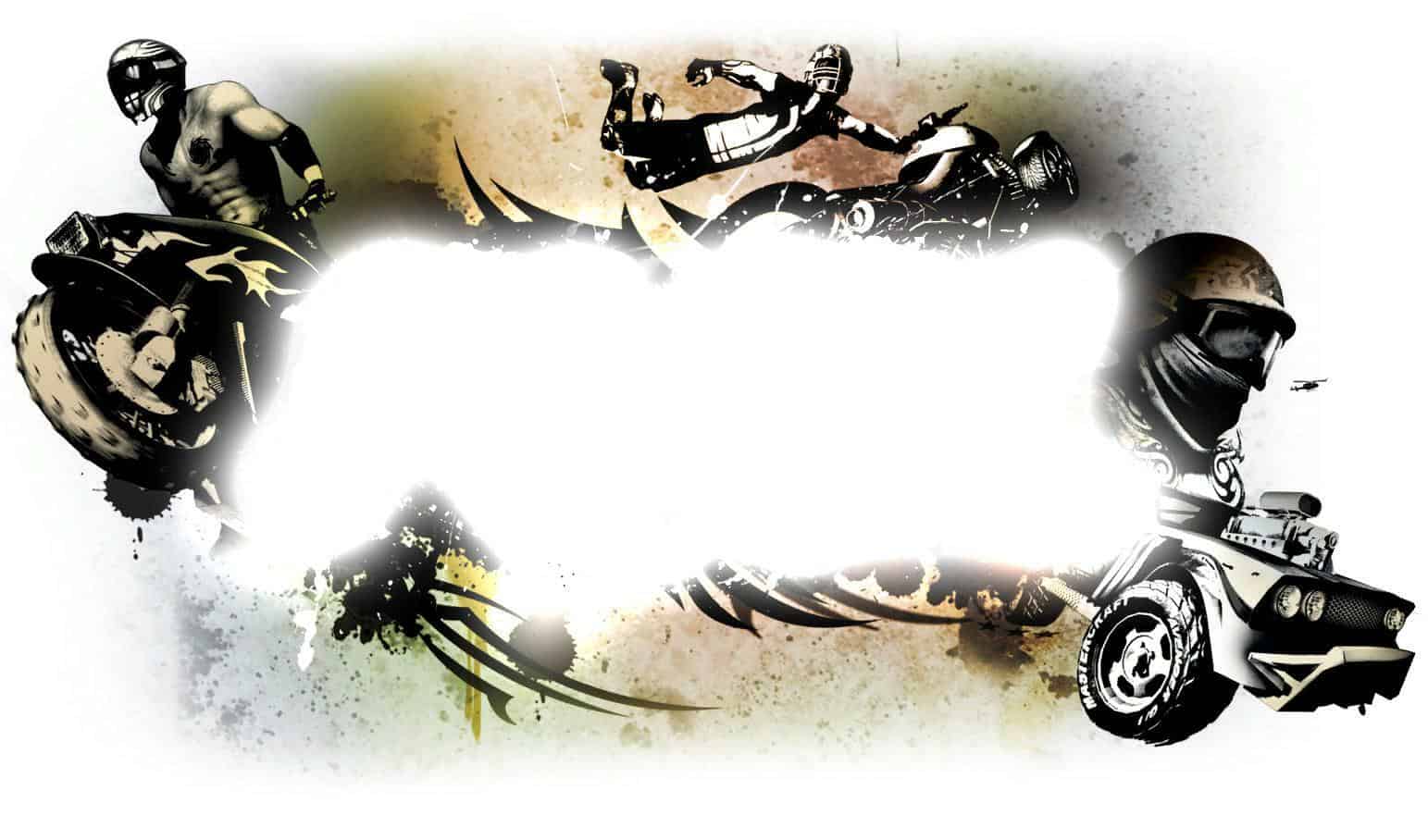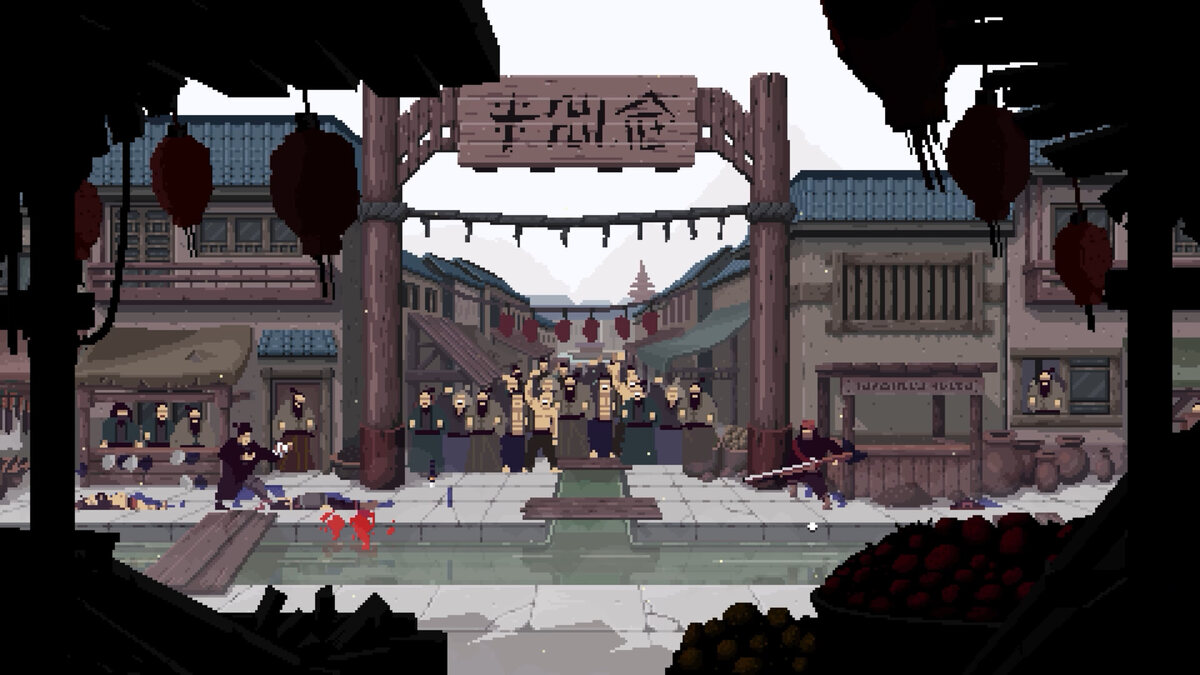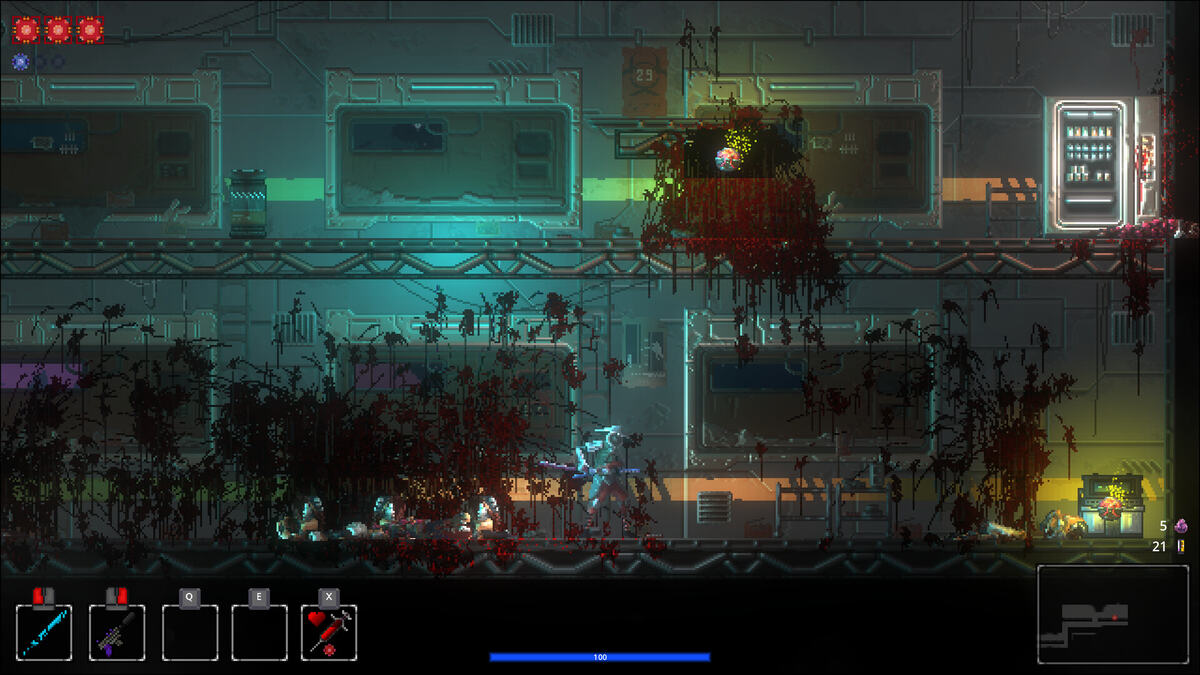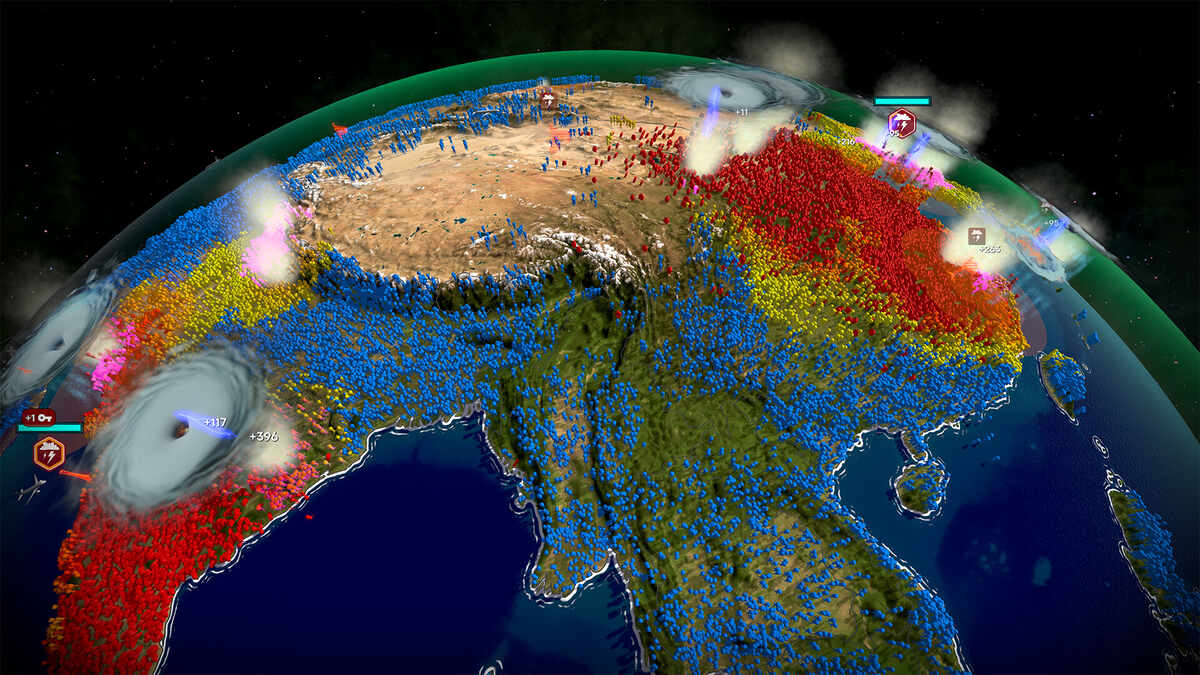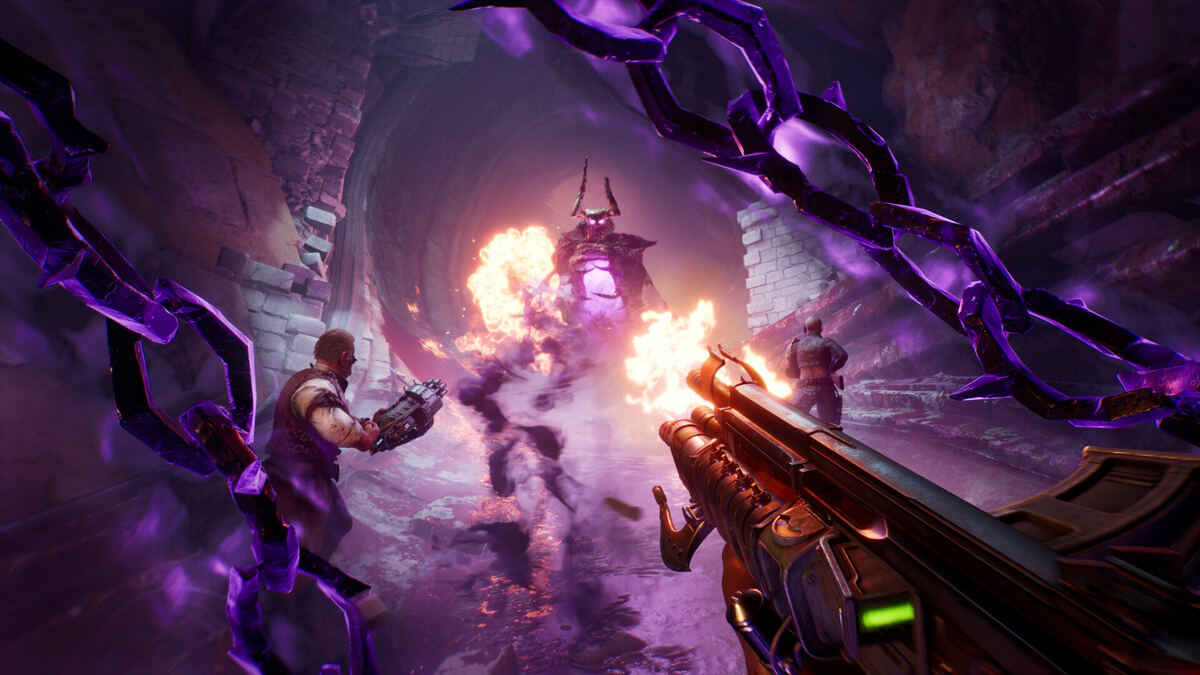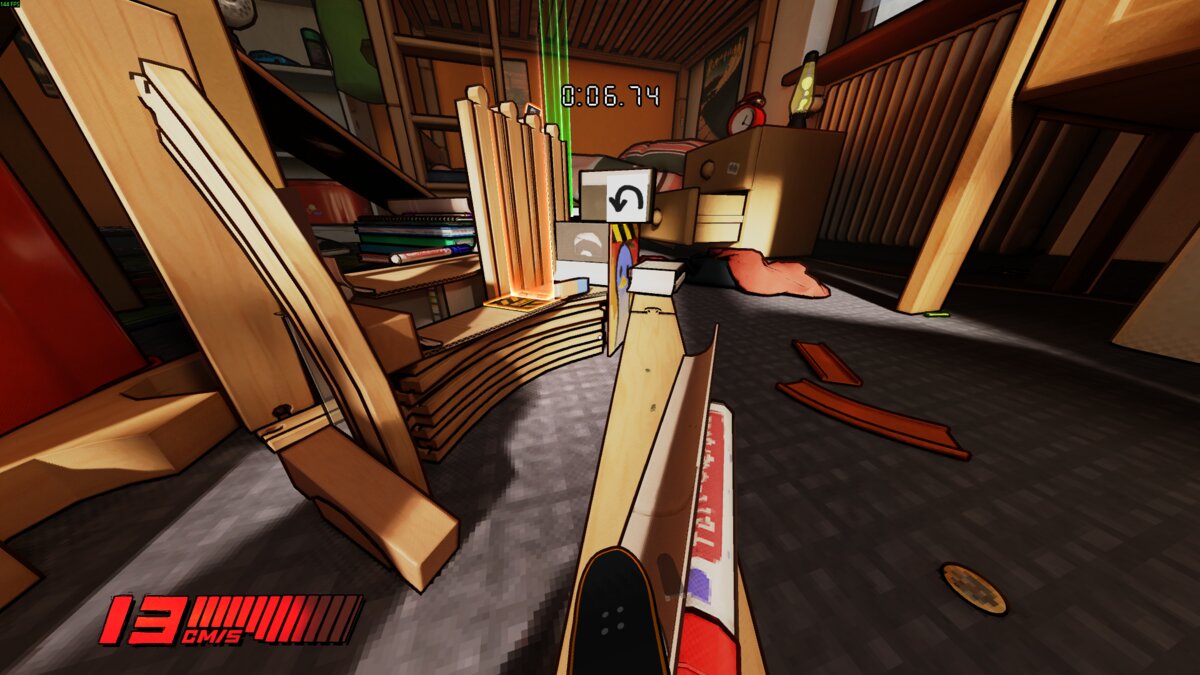You can trust VideoGamer. Our team of gaming experts spend hours testing and reviewing the latest games, to ensure you're reading the most comprehensive guide possible. Rest assured, all imagery and advice is unique and original. Check out how we test and review games here
What would you do if civilisation ended tomorrow, if an ecological disaster destroyed all the cities and allowed nature to reclaim the planet? Would you seek to rebuild what we had lost? Would you seek penance, consumed by guilt for the crimes humanity has committed against Mother Earth? Would you walk about naked and smear mud on your chest?
Or, as Asobo Studios suggests, would you build yourself a meaty, post-apocalyptic vehicle and set out to race strangers across the face of a scarred America? That’s the setup for FUEL, a massive multiplayer (though perhaps not massively-multiplayer) online racer due for release later this year. “Massive” is a label that gets bandied around a lot these days, but in this case the developers really do mean massive: the game’s landscape is the equivalent to over 14,000 square km of virtual terrain – over 5400 square miles, for those of you who stubbornly refuse to adopt the metric system. It is, as Asobo proudly points out, the largest environment ever seen in a racing game.
Here are some more figures for all you stat-fans to grope up: the final game will have a draw distance of 40 km. There will be 70 vehicles for you to try out, split across six different classes – including monster trucks, quad bikes and muscle cars. And if you were to take one of the faster rides and drive from one corner of the map to the other, that journey would take you somewhere in the region of two and a half hours. At least, that’s the time Asobo thinks it would take – when you’re dealing with a map of this size, it’s hard to be precise in your measurements. Indeed, FUEL’s game world was so unwieldy in its size that the coding team had to develop a program to generate 100,000 miles of roads and pathways that sprawl across the land. Can you imagine the time it would take to do it manually? It would be almost as bad as laying down real-world tarmac.
Enough with the number crunching, already. The bottom line is that FUEL creates a massive playground for boy racers to tear about in, and since the eco-disaster has already happened, you won’t even have to feel guilty about your carbon footprint. While the world itself isn’t a direct map of the States, you will be able to visit real-world spots like the Utah Badlands, Crater Lake and The Grand Canyon. More interesting still is the fact that the eco-apocalypse has effectively torn the US a new arsehole, resulting in some rather messed-up weather: in longer races you may end up driving through scorching sunshine, a thunderstorm and heavy snow, all on the same journey. Some of these effects can occur dynamically as you explore the environment, while more dramatic events like tornados will only appear during specific racing events.
What with all this room to drive about in, it’s no surprise to see Asobo promoting player freedom as being one of the game’s main boons. Ultimately the main intention with FUEL is for players to design and race their own challenges using the built-in editing tools, but initially you’ll be forgiven for feeling a bit lost. The game’s career mode can therefore be partly seen as a sort of lengthy breaking-in tool, something that lets you concentrate on getting to grips with things before you’re confident enough to set up your own trials. Career mode will feature somewhere in the region of 70 events, each catering for up to 16 competitors. Activities will range from simple time-trials and circuit races to Knock Out – a sort of endurance/survival mode that eliminates the slowest racer at each checkpoint. Each event will have three different challenge levels, rewarding the winner with a proportionate number of FUEL points which in turn unlock new content.
On paper it all sounds like quite a lot to keep track of, but as is often the case with racing games, things felt a lot simpler once we were behind the wheel of a beefy-looking off-road buggy, racing our fellow hacks through a mountainside forest. As you might expect, the most immediately notable aspect of FUEL’s races is the sudden realisation that you can go anywhere: if you fancy taking a sudden right turn through that opening you’ve spotted in the trees, you can. You might cut ahead of the pack, or you might run into the scenery and scupper your chances of winning – but either way it’ll be you alone who decides where you drive. In checkpoint races you’ll do well to strictly follow your GPS tracker, a guideline that manifests itself as a stream of bright yellow arrows that swoop overhead and off in the optimum direction. We found this flashy indicator to be a bit of a distraction at first, but there’s no doubt that it’ll prove invaluable in the long-term – unless you happen to be a Rainman-style wunderkind who can perfectly remember 5400 square miles of map.
As it turned out, the burning desire to explore somewhat blunted our competitive edge in the first checkpoint race we tried – which is our cop-out way of saying that we got distracted and messed up. Thankfully the developers were more than happy to let us go off scouting the gameworld; discovering new areas will make up a large part of the fun in FUEL when you’re not busy racing, and Asobo promises there will be plenty of neat views and vistas to find. Once again, your GPS will prove to be a useful ally in these expeditions. During a race, the guide arrows can keep you on the quickest path from A to B; when you’re alone, the yellow pointers can be used to guide you to any point you choose on the map. It can be a lot of fun to just set off and drive in whatever direction you fancy – after all, there aren’t many games that genuinely allow you to do this – but if you want to end up somewhere specific, the GPS is a must. It’s probably worth pointing out that in the final release of FUEL you’ll be able to use heliports to fast-travel to select points around the world, so it won’t take you two hours to drive to a race on the other side of the US.
When we were through with racing, we traded our buggy in for a motorbike and set off to find a point of interest marked on the map. This point eventually turned out to be the wreckage of a car half-buried in the side of a mountain. Steering our bike up the hill took some time, and by the time we reached our destination the game’s 24 hour day/night cycle had just reached sunset. We paused for a moment to admire the view. The build we were playing was only 50 per cent of the final game’s quality, but it certainly seems to be shaping up well. The world itself is looking nice and crisp, and Asobo is promising that your travels will never be interrupted by loading screens. The buggy and the bike were the only vehicles we got to try out, but so far we like the Mad Max 2 style vehicle designs: tough-looking beasts with chunky motors and homebrew armour plating. We found the handling to be fairly easy and arcade-like, but this is currently under review so it could yet change.
Our bout of gazing into the sunset didn’t last long. There was a whole world waiting to be explored, so we soon set off and ploughed downhill at speed… until we plunged into a lake and our biker drowned. Of course, this was just a minor setback – we swiftly re-spawned and set off on our merry way again. There’s no denying the pleasure to be had in speeding across a gameworld with no fear of the repercussions; that’s probably just as well, given how much time players will be spending doing just that. We’ve yet to try out the race editor for ourselves, another key factor in FUEL’s potential success, but for now the game seems to be doing everything right. If Asobo keeps up the good work, then this should offer a fresh alternative to the city-based action of most online racers.
FUEL will be released later this year on PC, Xbox 360 and PS3

/https://oimg.videogamer.com/images/9e51/fuel_5.jpg)
